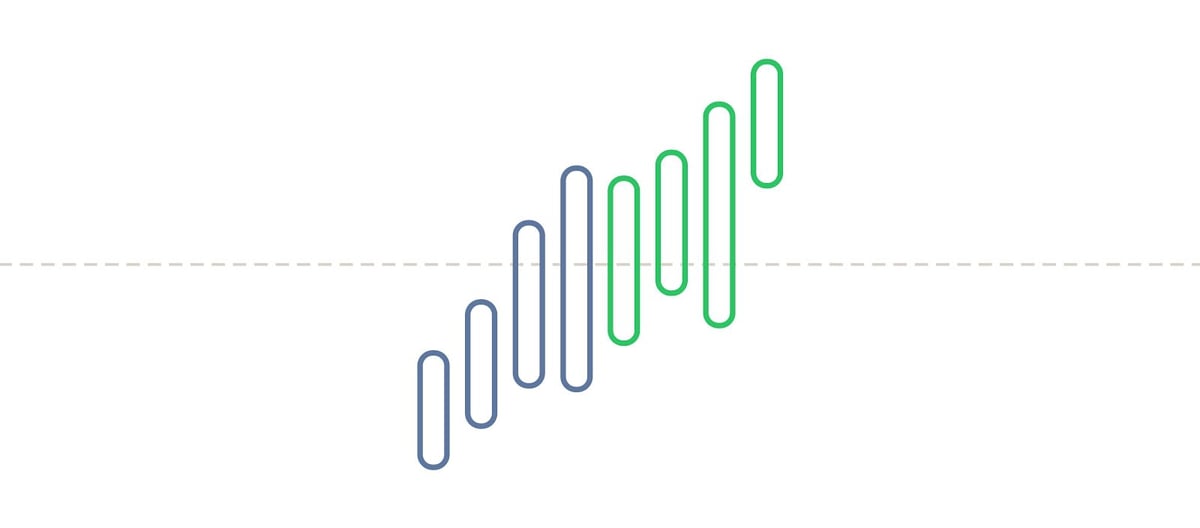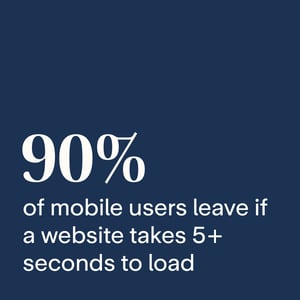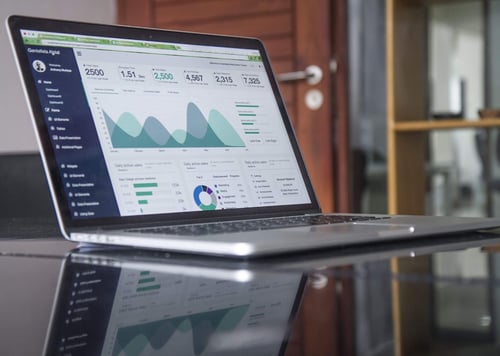How Website Speed Impacts University Enrollment

Website performance—specifically, page load time—is a critical aspect of any higher ed institution’s marketing and recruiting strategy. But while campaigns, messaging, and design are given the attention and resources they deserve, it is uncommon to see web performance at the top of anyone’s agenda. This is surprising, considering the importance of such an obvious entry point in the enrollment funnel. Before a prospective student submits a request for more information, speaks to a recruiter, or visits your campus, their first stop is likely to be your website. If it’s slow to load, they might not get any further.
The Cost of Slow

What is a slow and unoptimized website costing your institution?
Low-performing websites suffer higher bounce rates. This doesn’t just make sense—it’s measurable. Amazon once stated that a page load slowdown of just one second could cost it $1.6 billion in sales each year. Heavy websites can make load times particularly sluggish for mobile users, who account for half of all web traffic. Google has indicated that mobile websites that take five seconds to load will lose 90% of visitors compared to sites that load in one second. Of course, for a user to bounce off a site due to load time frustration means they’ve made it to that site in the first place.
Google and other search engines tend to penalize low-performing websites for their search algorithms. This can negatively impact SEO. In most cases, prospective students or users who search for “[blank] university” will typically find that school’s website high in their search results. But what about when a prospective student searches for “universities offering nursing programs near me?” All else being equal, those search engines will favor faster loading websites in their search rankings.
It follows that reduced page hits and high bounce rates affect conversions. But not just among prospective student audiences. Most colleges and universities focus their websites on enrollment and recruitment—as they should. But there are additional stakeholders who frequent these sites—including alumni and donors—for whom a high bounce rate translates to missed conversions of a different sort.
Where Did All This Weight Come From?
Before we can start to figure out how to improve a site’s performance, we have to figure out what is causing its long load times. There are countless variables that affect the rate at which your website data is transmitted over the internet from where it’s saved on your hosting provider’s servers to where it’s rendered in your visitor’s browsers. Let’s take a look at a few of the key players that will determine your website’s performance and load time.

First, images and multimedia content can be massive and excessive. Like sprinters who train with parachute resistance, large media files require more processing power and data bandwidth to load your page. Unlike said sprinters, such a workout won’t make your pages faster in the end. Image, video and audio content can usually be optimized and reduced in size, without being detectable to the human eye (or ear). Making the effort to review and optimize your site’s media might not be anyone’s idea of a good time, but it will noticeably improve your load time.
Second, selecting the best server and content delivery network (CDN) settings can improve your web performance. Depending on your prospective student market and where they are geographically, it may make sense to consider one hosting provider over the other. The key is to have a reliable hosting provider that has a dependable CDN.
Third, bloated, poorly written code makes browsers work harder. So make sure your code is lean, clean, and responsive. Bundling and minifying is an important step and will help optimize your HTML/CSS/JS so that your website is rendered to the user’s browser more quickly and efficiently. And building your website to be mobile responsive means being deliberate with design and strategy decisions that will improve usability from a number of perspectives, many of which will also improve your site’s speed.
Getting in Shape
There is no magic, one-time-only fix for slow sites. Optimizing the performance of a website is an ongoing process of continuous improvement and refinement. Let’s cover some basic steps you can take to begin optimizing your website.

The first step to begin improving web performance and load time is to start tracking your current performance, benchmarking your data with industry standards and known competitors.
There are two main challenges to tracking website performance and load time. The first is automation. Higher ed admins are busy and do not have the time to manually check-in on their website’s speed. And because improving website performance requires an ongoing effort, sporadically reviewing performance data is futile and will not give the necessary data points to review and inform improvements.
The second challenge is establishing some sort of benchmark. Page load stats are only valuable when you’re able to compare them to other relevant benchmarks. If you’re being chased by a bear, it’s not important how fast you’re going as long as you can outrun the others. Once you have automated the process of tracking your website performance, it is key to have the ability to compare those results with competitors, whether they’re regional, faith-based, or whatever other affinity group you may want to track.
Where We Fit In
Partnering with many colleges and universities over the years, we have come to understand the extreme importance of having a way to easily track website load time and compare it to other schools. So much so that we built an app to be able to do just that.
What started as an internal tool to better serve our clients has turned into a robust, stand alone resource. This tool tracks performance and load time data for all colleges and universities, providing valuable insight into how your school’s website compares with those of other schools. And not only can you check your website’s current speed, but you can also view its performance over time.
Don’t pay the hidden costs of a slow site. Increase your page views, decrease your bounces, and give your content the chance it deserves to make those conversions. Contact us for website performance comparison with three institutions of your choice.
Research & Design works with colleges & universities to design and engineer high performance websites and digital experiences. Contact us to see how we can help.
